From fatigue to pale skin, anemia is a common condition when there is a lack of red blood cells in the body. This hinders the transport of oxygen to parts of the body where they are needed. This lack of healthy red blood cells can cause shortness of breath, low energy, and weakness, and it can go on to affect overall wellness.
While different factors can cause anemia, iron deficiency is the most prevalent cause. Iron is an important nutrient that is crucial for the production of red blood cells. When iron levels are down, the body struggles to make enough hemoglobin, the protein that transports oxygen throughout the body.
Fortunately, consuming foods that are loaded with iron in your diet is a natural way to raise iron levels, elevate energy levels, and promote overall wellness. In this guide, we will explore the top iron-rich foods, including animal-based (heme iron) and plant-based (non-heme iron) sources, alongside other nutrients that enhance the absorption of iron.
How can diet help fight anemia?
Nutrition plays a crucial role in the prevention and management of anemia by providing the essential nutrients that enhance the production of red blood cells. Iron is beneficial for boosting the formation of hemoglobin, as it can promote the functions of the red blood cells.
When the body has inadequate levels of iron, the body is unable to produce enough healthy red blood cells, and the result is anemia. In adopting a diet rich in iron, it is important to understand that iron from nutrition comes in two forms: heme iron and non-heme iron. Heme iron is present in animal foods, while non-heme iron is prevalent in plant-based foods. For the body to properly absorb non-heme iron, it requires vitamin C from other foods like pumpkin seeds.
The development of red blood cells also depends on meals like clams that contain vitamin B12 and folate in addition to iron. Moreover, when managing anemia, it is important to decrease the consumption of foods that can affect the absorption of iron. You should adopt a balanced diet loaded with foods that are rich in iron and essential nutrients such as folate, vitamin C, and copper.
Top 10 foods to fight anemia
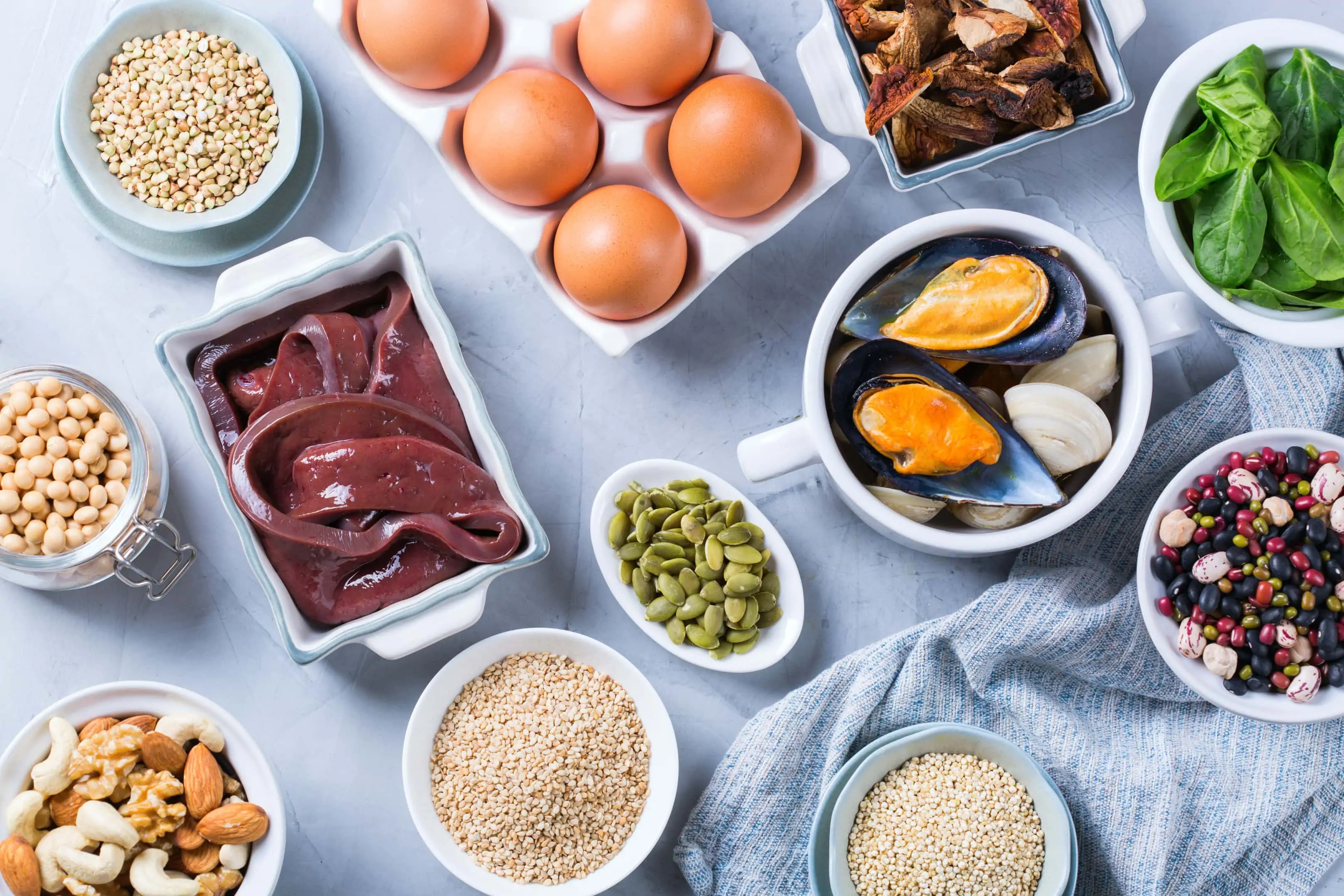
1. Beef liver
Beef is one of the most beneficial foods for combating anemia due to its high iron content. As an excellent source of heme iron, the iron in beef liver is readily absorbed by the body, thus making beef liver a great food for people struggling with low levels of iron. A 100-gram beef liver serving provides more than the daily recommended intake of iron.
In addition to its iron content, beef liver is packed with vitamin B12, which is vital for the development of red blood cells and decreasing the risk of megaloblastic anemia. A deficiency in vitamin B12 can cause you to be fatigued. Remember, though, to consume beef liver in moderation as it contains significant amounts of vitamin A. Excess consumption of vitamin A can lead to hypervitaminosis, a condition associated with abnormal storage of vitamins in the body.
2. Clams
Clams are a great source of heme iron, and their consumption can help restore iron levels and boost red blood cell production. They are also rich in vitamin B12, which is beneficial for the functioning of the nervous system. A 3-ounce serving of clams can provide up to 84 mcg of vitamin B12, which is above the recommended daily intake.
In addition, clams are high in protein, which aids in the production of components of the red blood cell, enzymes, and hemoglobin. Including clams in your nutrition can enhance the synthesis of hemoglobin.
3. Tofu
Another food to boost iron intake is tofu, a rich source of plant-based protein. A half cup of tofu contains up to 3.5 milligrams of iron, making it excellent for boosting iron levels and preventing anemia. Moreover, tofu is a complete protein, meaning that it can provide the body with all the vital amino acids that the body requires.
In addition, tofu is rich in magnesium, which is important for maintaining bone health and overall well-being. The magnesium and protein in tofu contribute to muscle function, energy production, and recovery from tiredness caused by anemia.
4. Red meat
Another excellent source of heme iron, red meat is an effective food for combating iron deficiency anemia as it can aid the production of healthy red blood cells and replenish the body’s store of iron. It also contains significant amounts of copper, a mineral that helps enhance the body’s absorption of iron.
Red meat also contains protein, which can support the body’s recovery from anemia by boosting the production of red blood cells and muscle repair. In addition, red meat contains various B vitamins like B12, niacin (B3), riboflavin (B2), and vitamin B6, all of which contribute to better energy levels and overall wellness.
5. Pumpkin seeds
A plant-based source of iron, pumpkin seeds play an important role in fighting anemia. When paired with vitamin C-rich foods, pumpkin seeds can contribute to daily iron needs. Pumpkin seeds also contain magnesium, which is involved in hundreds of biochemical reactions in the body, including energy production and healthy red blood cell function.
Another nutrient that is great for anemia in pumpkin seeds is zinc. Zinc plays an important role in the production of red blood cells and overall health. This nutrient also enhances the ability of the body to effectively utilize and absorb iron.
6. Sardines
Loaded with a lot of iron, sardines are an excellent choice for combating and aiding the prevention of anemia caused by iron deficiency. They contain vitamin B12, which can help prevent the development of immature red blood cells, supporting the body’s function of transporting oxygen effectively. Without enough vitamin B12, the body may struggle to make healthy red blood cells, leading to neurological issues and fatigue.
Another nutrient group in sardines is omega-3 fatty acids, which can help reduce inflammation and boost general cardiovascular health. Omega-3 fatty acids can help enhance circulation and the delivery of oxygen, which can help prevent fatigue and tiredness, especially in people with anemia.
7. Spinach
Spinach is a leafy green packed with diverse nutrients that can aid the management of anemia due to its rich vitamin C, folate, and iron content. The high amount of iron in spinach is important for the production of hemoglobin, which aids in the transport of red blood cells in the body. It also contains folate, which is beneficial for the formation of red blood cells.
Vitamin C is also found in spinach, and it may enhance the body's absorption of iron when combined with other foods high in vitamin C. Furthermore, spinach is loaded with magnesium and vitamin A, which help maintain red blood cell function and boost iron metabolism.
8. Lentils
Lentils are rich in iron and folate, which are crucial for the maturation and production of red blood cells. They are also rich in vitamin B6 which is involved in the production of hemoglobin.
Lentils also contain potassium, a mineral that aids in the regulation of fluid balance, blood pressure, and muscle function. Although potassium does not directly affect anemia, it supports overall cardiovascular function, which can be affected by poor circulation and anemia-related fatigue.
9. Beetroot
Beetroot is another wonderful food for alleviating the symptoms of anemia because it is a rich source of non-heme iron, and can aid the development of healthy red blood cells. Additionally, beetroot contains the antioxidant vitamin C, which aids the ingestion of non-heme iron. Beetroot may help the body digest iron, thereby making it a good food for managing anemia.
Moreover, beetroot is also high in betalains, a group of powerful antioxidants that possess detoxifying and anti-inflammatory qualities that can help boost circulation, decrease oxidative stress, and boost overall health. Reduced inflammation can help boost circulation, which can benefit individuals recovering from anemia.
10. Dark chocolate
Dark chocolate is a surprising but effective food for boosting iron levels in the body. An ounce of dark chocolate, especially one with 70% cocoa content, can provide up to 17% of the recommended daily intake for women and 20% for men. This makes dark chocolate a beneficial food for elevating iron levels.
Dark chocolate is also high in flavonoids, a group of plant compounds that possess strong antioxidant properties. These flavonoids, especially epicatechin, can help to boost blood flow, promote heart health, and decrease inflammation. These antioxidants are also beneficial for individuals with anemia who experience fatigue and poor circulation as they can support better circulation.
Conclusion
Anemia can significantly affect the quality of life, but nutritional changes can play a vital role in aiding the management and prevention of this condition. Incorporating foods that are rich in iron, such as clams, beef liver, pumpkin seeds, lentils, dark chocolate, and red meat, alongside foods rich in vitamin C like beetroot and spinach can naturally improve hemoglobin levels, restore energy, and support overall wellness.

A writer passionate about wellness, nutrition, and intentional living. She creates engaging, research-based content that empowers readers to live healthier lives. Through every article, she brings clarity, inspiration, and a touch of everyday practicality. Read more about Juliana.

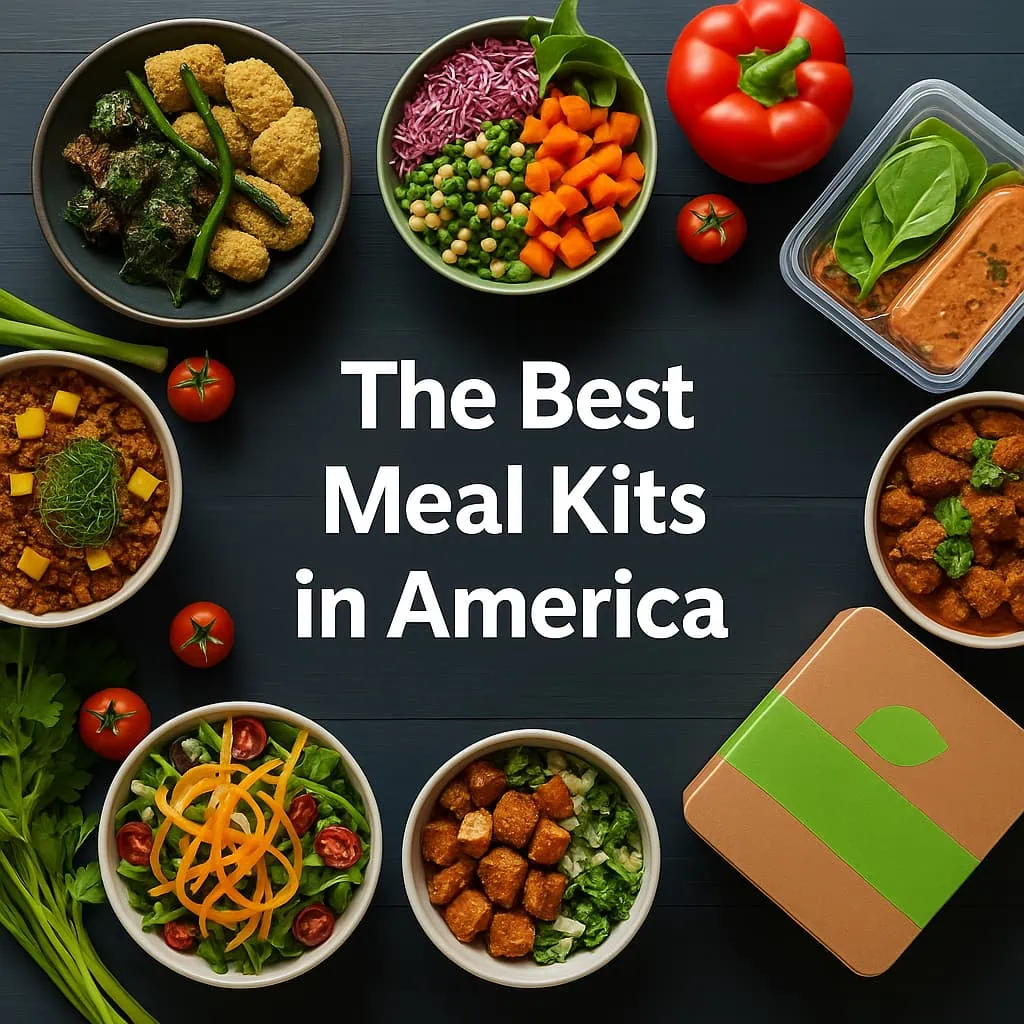
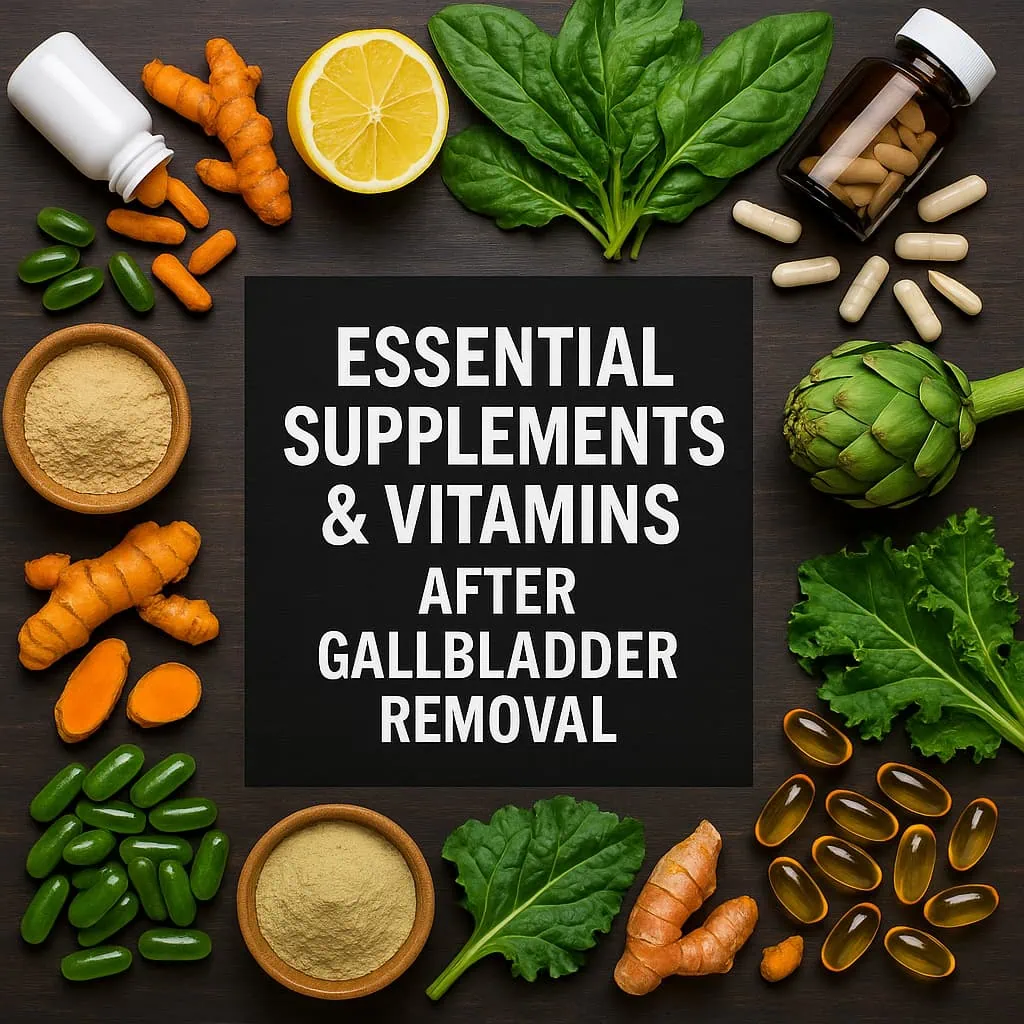
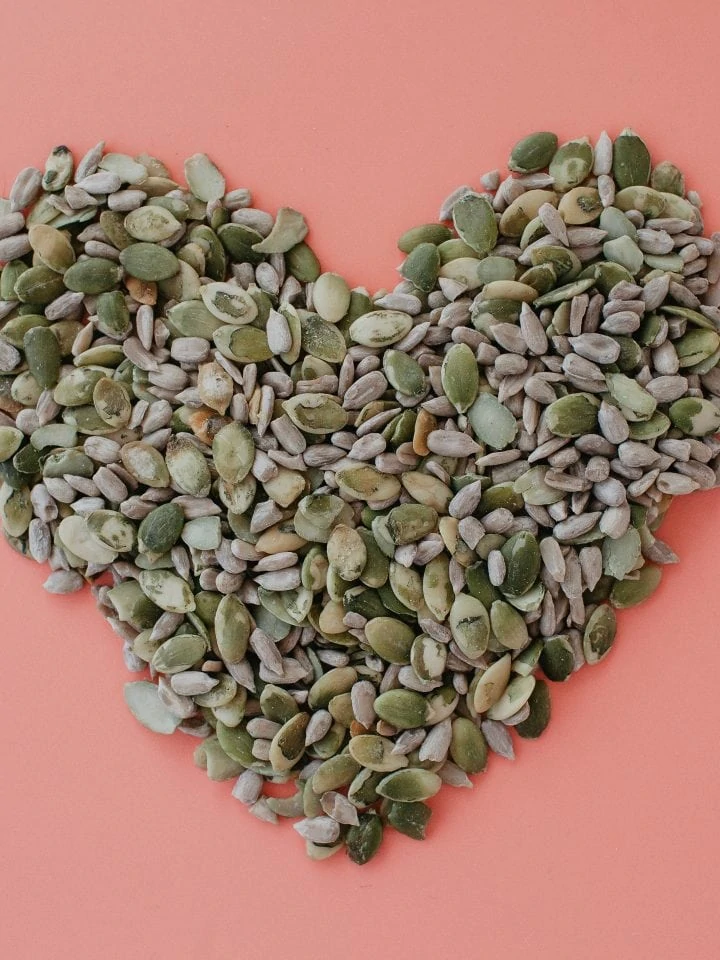
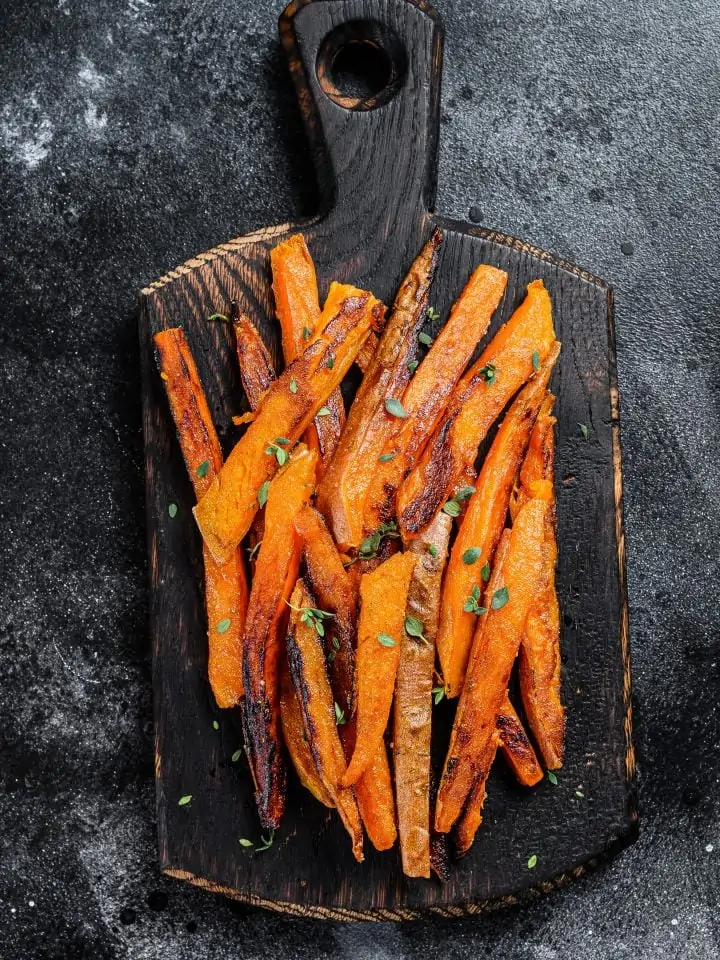
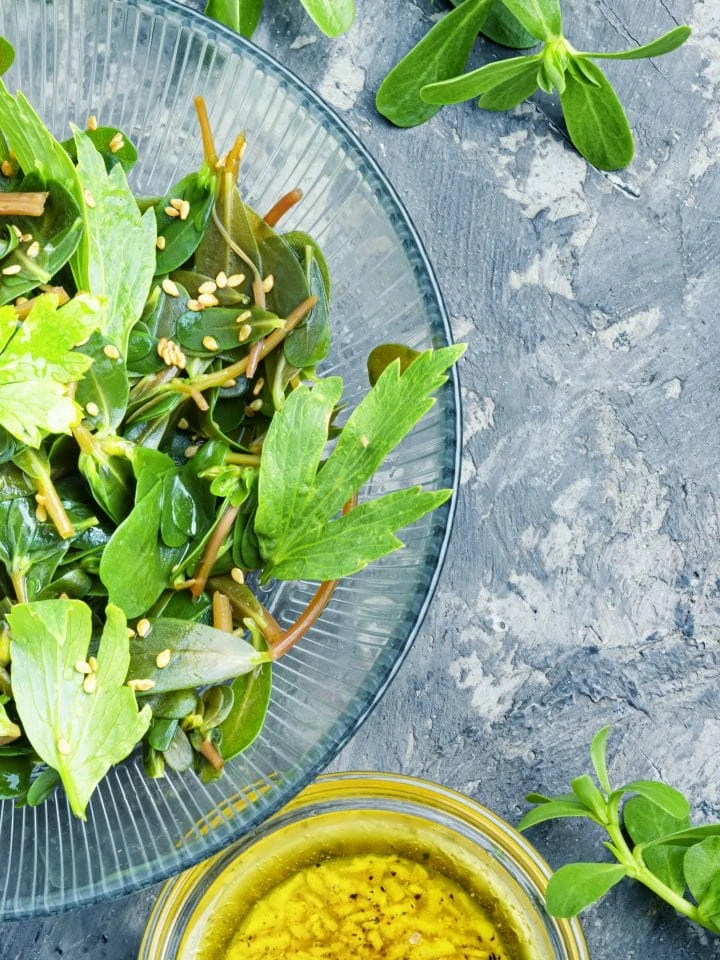
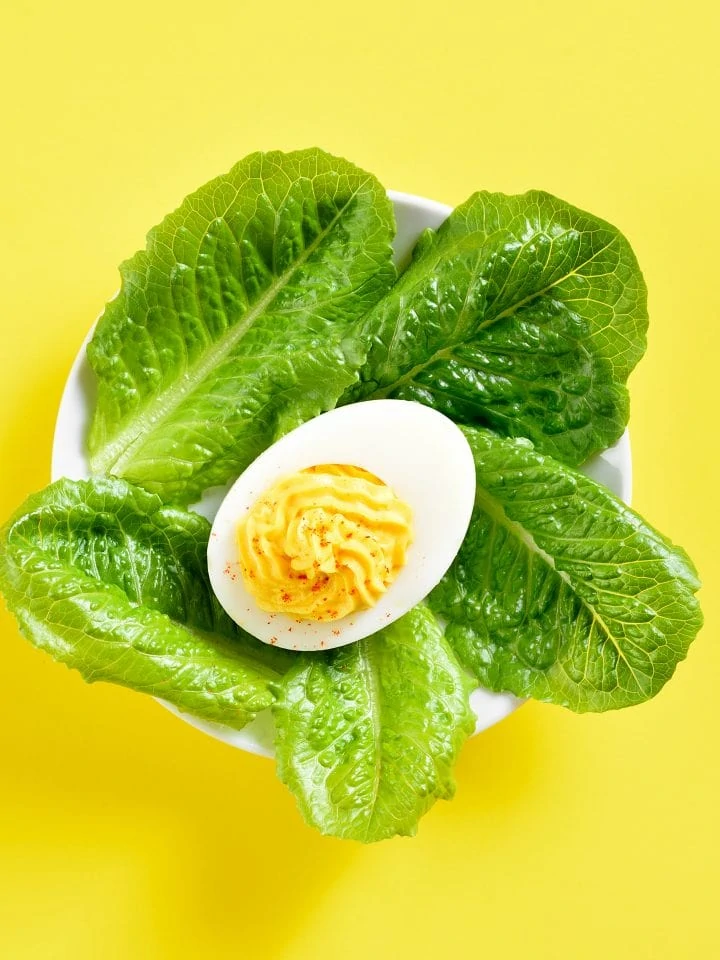
Comments
No Comments